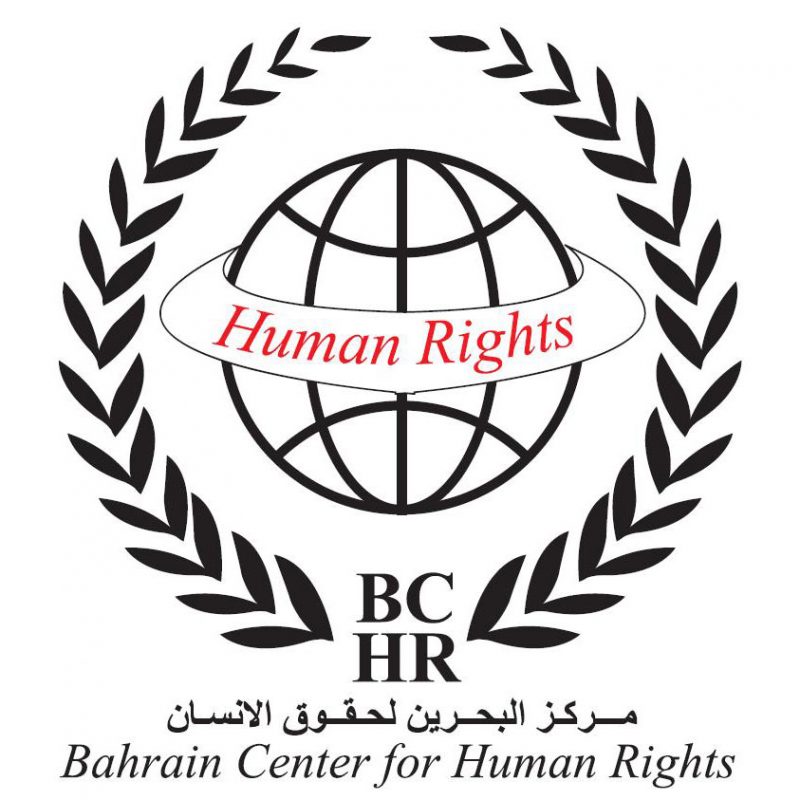
21 DECEMBER 2011
Reporters Without Borders has this year, for the first time, compiled a list of the world’s 10 most dangerous places for the media – the 10 cities, districts, squares, provinces or regions where journalists and netizens were particularly exposed to violence and where freedom of information was flouted.
Overall, 2011 took a heavy toll on media freedom. The Arab Spring was at the centre of the news. Of the total of 66 journalists killed in 2011, 20 were killed in the Middle East (twice as many as in 2010).

21 DECEMBER 2011
Reporters Without Borders has this year, for the first time, compiled a list of the world’s 10 most dangerous places for the media – the 10 cities, districts, squares, provinces or regions where journalists and netizens were particularly exposed to violence and where freedom of information was flouted.
Overall, 2011 took a heavy toll on media freedom. The Arab Spring was at the centre of the news. Of the total of 66 journalists killed in 2011, 20 were killed in the Middle East (twice as many as in 2010). A similar number were killed in Latin America, which is very exposed to the threat of criminal violence. For the second year running, Pakistan was the single deadliest country with a total of 10 journalists killed, most of them murdered. China, Iran and Eritrea continue to be the world’s biggest prisons for the media.
The Arab Spring, the protest movements it inspired in nearby countries such as Sudan and Azerbaijan, and the street protests in other countries such as Greece, Belarus, Uganda, Chile and the United States were responsible for the dramatic surge in the number of arrests, from 535 in 2010 to 1,044 in 2011. There were many cases of journalists being physically obstructed in the course of their work (by being detained for short periods or being summoned for interrogation), and for the most part they represented attempts by governments to suppress information they found threatening.
The 43 per cent increase in physical attacks on journalists and the 31 per cent increase in arrests of netizens – who are leading targets when they provide information about street demonstrations during media blackouts – were also significant developments in a year of protest. Five netizens were killed in 2011, three of them in Mexico alone.
From Cairo’s Tahrir Square to Khuzdar in southwestern Pakistan, from Mogadishu to the cities of the Philippines, the risks of working as a journalist at times of political instability were highlighted more than ever in 2011. The street was where danger was to be found in 2011, often during demonstrations that led to violent clashes with the security forces or degenerated into open conflict. The 10 places listed by Reporters Without Borders represent extreme cases of censorship of the media and violence against those who tried to provide freely and independently reported news and information.
Manama, Bahrain
The Bahraini authorities did everything possible to prevent international coverage of the pro-democracy demonstrations in the capital, Manama, denying entry to some foreign reporters, and threatening or attacking other foreign reporters or their local contacts. Bahraini journalists, especially photographers, were detained for periods ranging from several hours to several weeks. Many were tried before military tribunals until the state of emergency imposed on 15 March was lifted. After months of demonstrations, order was finally restored thanks to systematic repression. A blogger jailed by a military court is still in prison and no civilian court ever reviewed his conviction. Bahrain is an example of news censorship that succeeded with the complicity of the international community, which said nothing. A newspaper executive and a netizen paid for this censorship with their lives.
Read the full report on en.rsf.org
